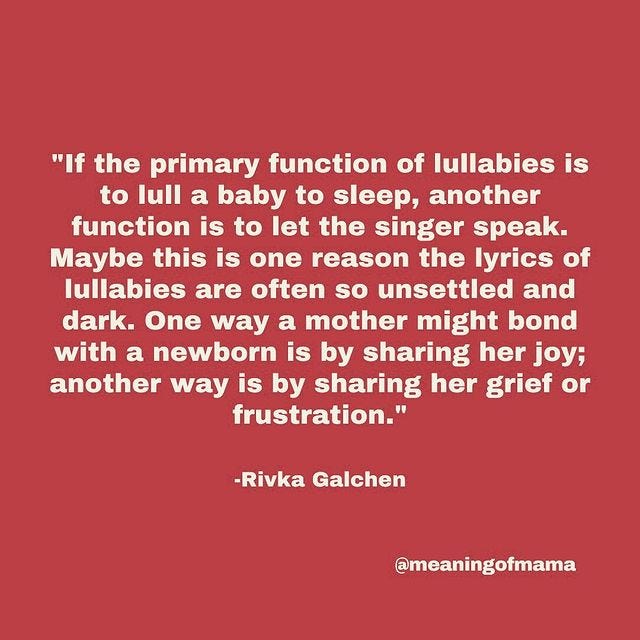Mother Music Maker
On the language of music, (multilingual) lullabies (as therapy for mothers), and unintentionally, Feist
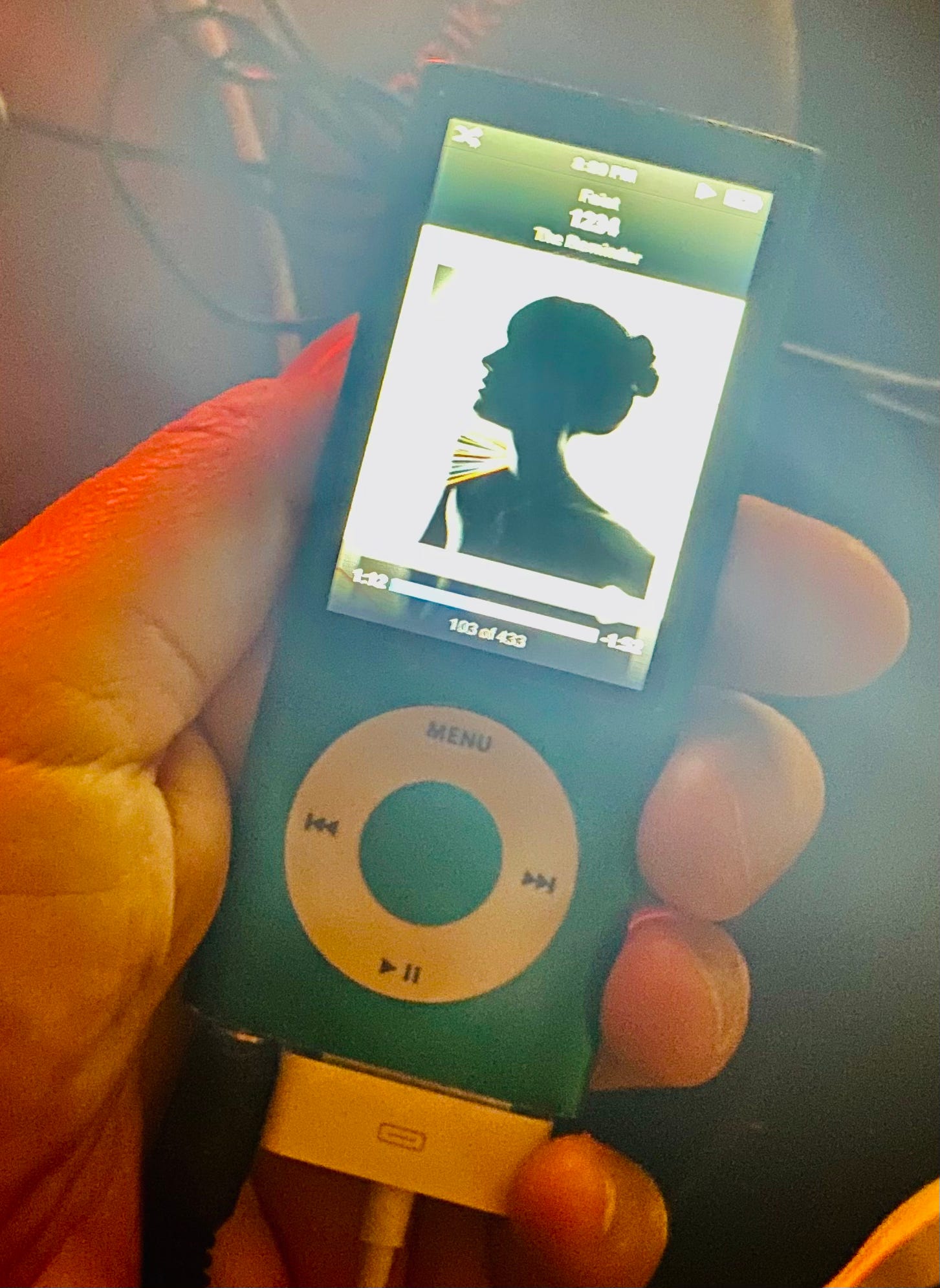
Earlier this week, I found my old iPod, circa 2009. So many of the songs on it took me back at least a decade. Memories of who I was, or at least felt I was at the time, where I lived, how I spent my time came flooding back as I listened to the songs. A few of the artists, like Feist, I have listened to on and off for nearly two decades, during many different chapters of my life so far. I interviewed Feist in 2005 (maybe late 2004) as a young bright-eyed new magazine editor at one of my favourite journalism jobs long before the thought of having children crossed my mind. I listened to her 2007 album obsessively, and saw her in concerts with my then-boyfriend, now spouse. Eight years later, my toddler was obsessed with her 1234 Sesame Street version and with each play in the midst of newish motherhood fog, I began to notice different random things in the video like, Feist only wears one earring! It felt a bit like a full-circle musical journey.
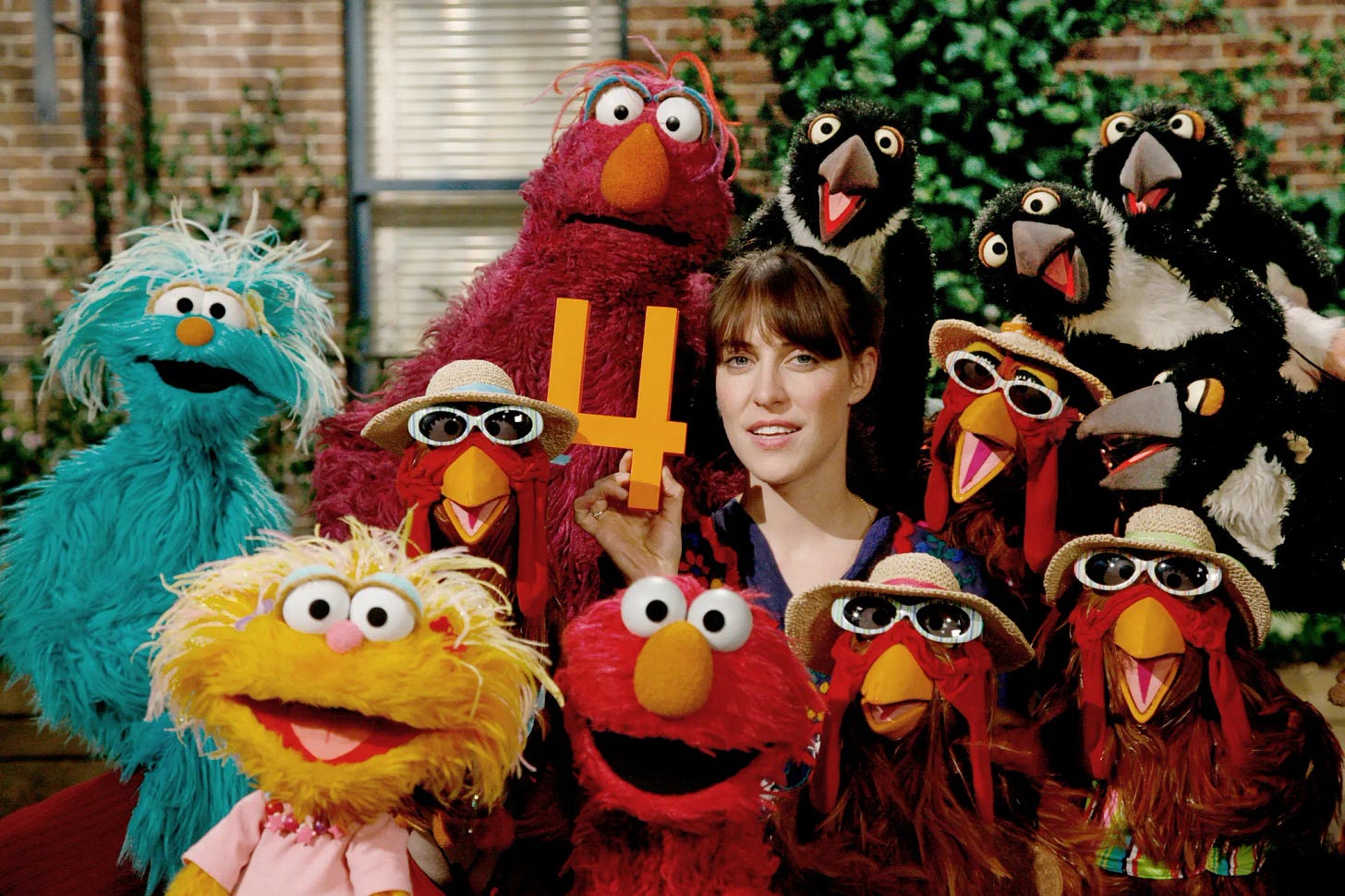
I have been fascinated with the role music plays in our lives, especially in the family life, or as Kathryn-Jezer Morton called it in her Brooding column in The Cut, “the soundscape of a house”, for a long time. Years ago, I wrote about how my father and I have always connected through the music and work of Leonard Cohen. As a testament to that connection, just a few months ago and more than a decade after that article was published, my dad messaged me a link to a new Cohen cover album. (I highly recommend the Norah Jones version of “Steer Your Way”, BTW.)
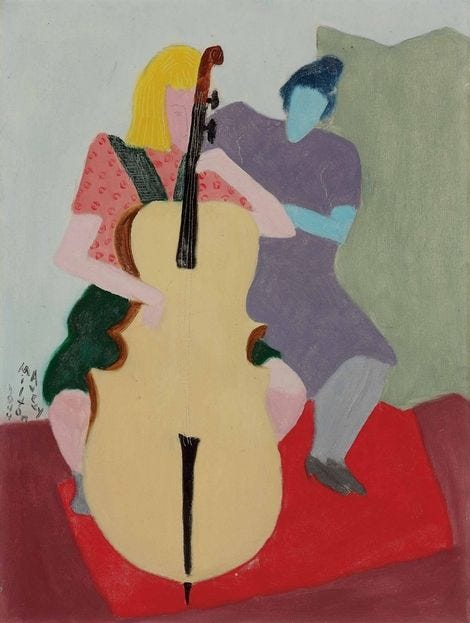
In This is Your Brain on Music, Daniel J. Levitin writes about how music activates memories. If we haven’t heard a song since a particular time in our lives and out of nowhere, it begins to play, it can be a cue to unlocking the experiences that are associated with the memory of that song, its time and place. Levitin also writes about how important the teen years are for music-memory making because of how emotionally-charged those years often are.
Music is generational, but it is also cultural and a part of everyone’s linguistic and cultural soundscapes, especially for those of us living across, or between, multiple languages and/or cultures. I was recently chatting with a friend who grew up in the UK and although there was some overlap, our music experiences of our teenage years were vastly different. She named English bands from the 1980s and 90s I had never heard of and for her, names of Canadian bands of my youth like The Tragically Hip, Spirit of the West, Blue Rodeo and 54-40 were unrecognizable. Of course back then, bands didn’t have the same opportunities for international recognition, but it was still fascinating to compare our teenage musical trajectories having grown up in different parts of the world.
My most vivid memories of Polish music growing up are those of Polish scout songs sung around a bonfire at the yearly summer camp I attended. When my first baby was born, while we were still at the hospital and he was inconsolable, not knowing any lullabies, I started to sing the camp songs I learnt 25 years earlier. Forget sweet lullabies when you can sing patriotic Polish songs about fires burning, protecting Poland’s borders, hearts beating for the blood and tears of Poles, and the same songs soldiers sang during the Polish-Soviet war.
I am kidding — but only about the sweet lullabies.
There are plenty of brilliant articles and sources about lullabies, their history, the effect they have on the bond between mother and child and a variety of projects around recording and studying lullabies. As Rivka Galchen also wrote in her essay about the melancholy of lullabies (quoted above), poet Federico Garcia Lorca studied Spanish lullabies in the 1920s, noting how deeply sad they all were, and how part of their function, as Galchen reiterates, was to help mothers vocalize their worries.
Lullabies and childhood songs are also a linguistic connection to the past, to melodies, lyrics and voices of our own mothers and caregivers. In moments where language might fail, lullabies and songs can bridge generations and soothe not only crying babies, but adult women who miss their mothers, grandmothers, and childhood homes.
Lullabies, remarkably similar across cultures and languages, also play a role in connecting multilingual moms to their first language. As many mothers in my research on multilingual mothering have told me, the songs their mothers and grandmothers used to sing to them often emerge, born again, during those early new-born days with their own children. Sometimes, the emotion of those songs is so powerful, it inspires the mothers to do everything possible to pass on their first language to their children, even when it is no longer their dominant language.
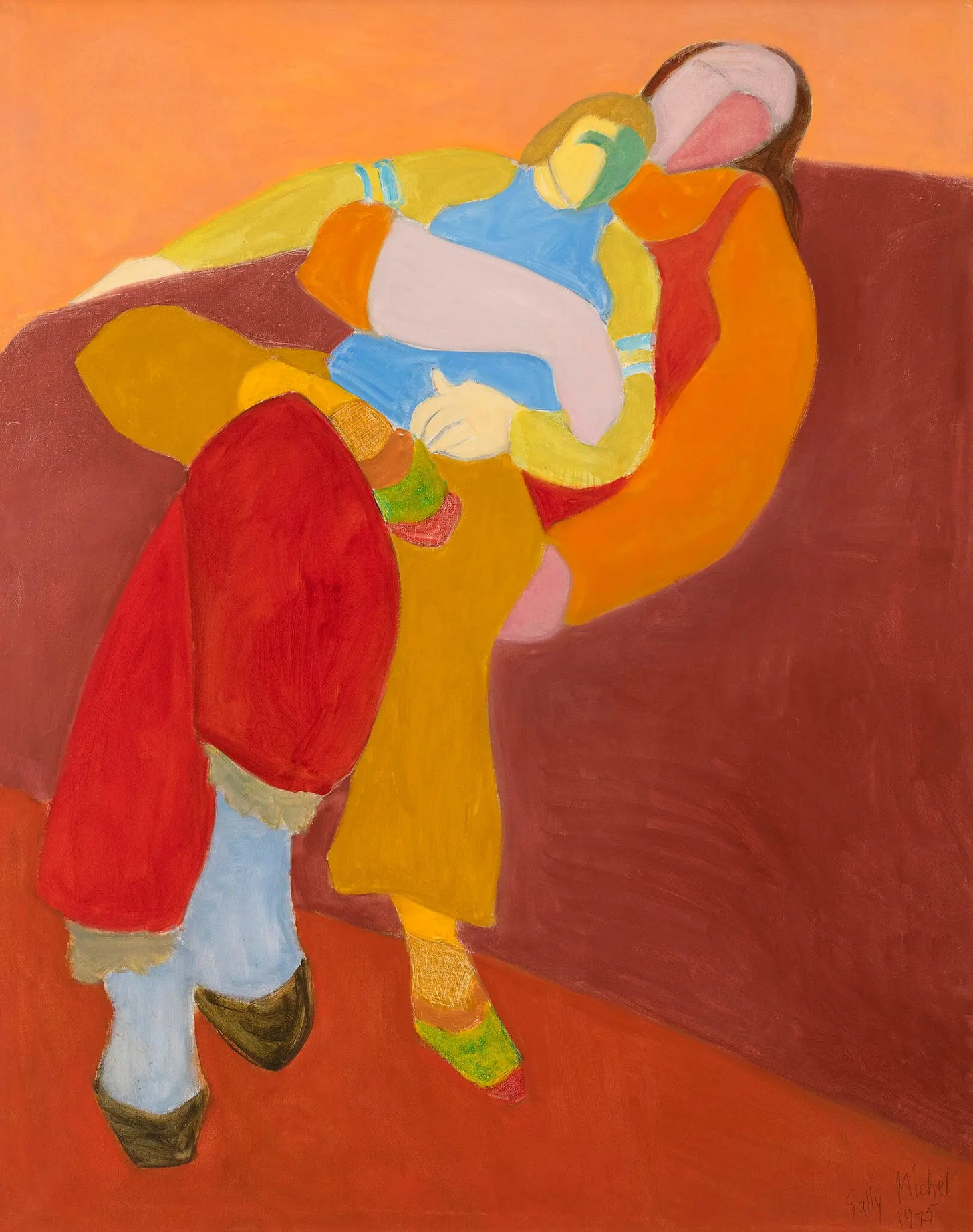
Feist’s new album, Multitudes comes out next month and in preparation for this newsletter, call it curiosity or nostalgia (both?), I googled to see what else the artist has been up to lately. Turns out, Feist became a mother at the end of 2019 and around the same time, wrote some of the songs for both the new album and for an intimate show, also titled Multitudes. As one article about the show noted, Multitudes is “definitely a response to becoming a mother” while another review, when referring to the songs in the show: “many of their [the songs’] melodies born from lullabies she’d make up on the spot for her daughter at night.”
Let the singer and the mother speak.
A few more sort-of related things:
The same day I found my old iPod, I went to work at our local library. As I walked upstairs to the quiet, no children allowed area, I passed the children’s section where “Baby Rhyme Time” was about to start. I used to take my children to the class twice a week when they were babies. There, we would sing all the popular nursery rhyme songs, many I had to learn alongside my children since my baby and toddler years were spent in Poland and Sweden. There is something great about singing “London Bridge is Falling Down” while living in London.
I wanted to also write about how children learn additional languages through songs here, but I think that topic warrants a separate newsletter. I know some brilliant linguists who work in this area, and I would love to share more about their work and research, so stay tuned.
And finally, I loved this language-related anecdote from Feist about filming the 1234 Sesame Street version (NYT): “A diction coach was making me pronounce the words so specifically, because she said, ‘Imagine you don’t know how to talk yet, and this is how you learn to count.’ And [the lyric] ‘Monsters walking cross the floor,’ there was no slurring, no poetry about it. It was very much, ‘There are monsters, and they are walking across the floor.’ You have to make sure they know what you’re saying.”




